USST_Arts_112451339 压力辅助臭氧法提取小球藻油脂研究
摘要面对目前全球日益严重的能源短缺和环境污染问题,开发利用无污染的生物质能源新能源势在必行。与传统制备生物柴油原料的动植物体相比,微藻具有相对较高的生长速率及油脂密度,可以提供较高的油脂产率。微藻生物柴油由于其可再生、易生物降解、不污染环境等优点,可作为一种重要的能源取代石化柴油,受到各国的广泛关注。本文以小球藻为研究对象,采取压力辅助臭氧法对小球藻细胞进行破壁处理提取生物油脂。破碎细胞一是利用臭氧的氧化性,二是借助臭氧加压形成的臭氧微气泡,增大与藻类细胞的接触面积对细胞进行破碎处理,旨在寻求全新的细胞破壁方法对油脂提取,进而为制备生物柴油生产提供依据。本文主要研究了小球藻的生长变化趋势,探索...
相关推荐
-
我国基层财政困难的制度成因分析与对策研究VIP免费
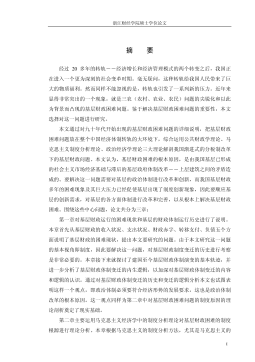
 2024-09-20 25
2024-09-20 25 -
我国煤电产业链纵向交易合约机制研究VIP免费
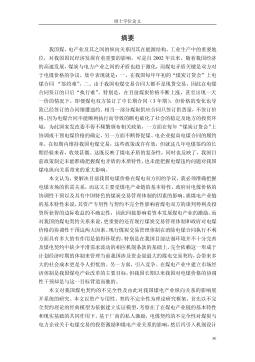
 2024-09-20 23
2024-09-20 23 -
生产要素视角下的上海市产业结构优化研究VIP免费
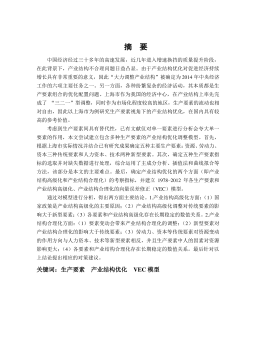
 2025-01-09 6
2025-01-09 6 -
我国银行业结构与经济结构关系研究VIP免费
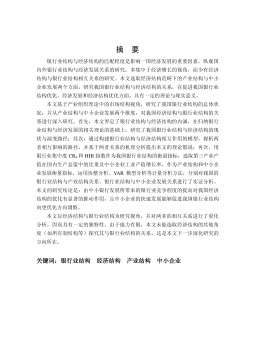
 2025-01-09 7
2025-01-09 7 -
大数据视角下农业供应链金融研究VIP免费
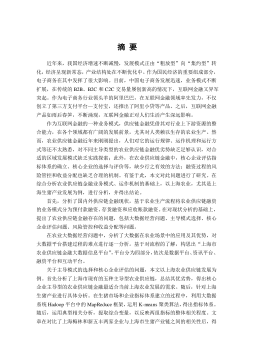
 2025-01-09 6
2025-01-09 6 -
跨国大型综合超市的规划研究VIP免费
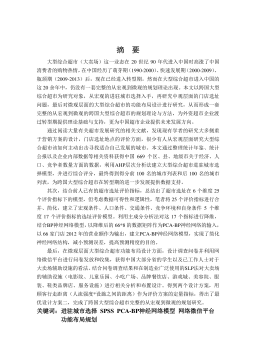
 2025-01-09 6
2025-01-09 6 -
跨境电商农产品质量安全问题研究VIP免费
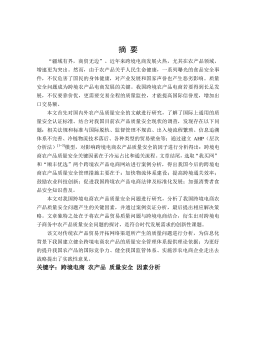
 2025-01-09 6
2025-01-09 6 -
世界市场的虚拟化与我国国际电子商务发展方向研究VIP免费
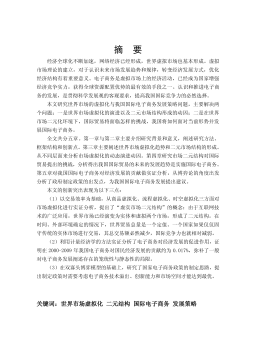
 2025-01-09 6
2025-01-09 6 -
中国政府对电力行业的价格规制问题研究VIP免费
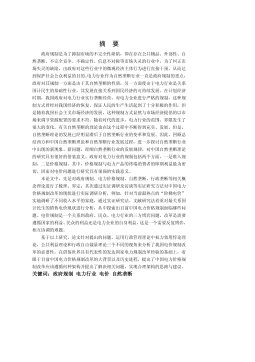
 2025-01-09 6
2025-01-09 6 -
中小企业信息化系统集成技术研究VIP免费

 2025-01-09 11
2025-01-09 11
相关内容
-

跨国大型综合超市的规划研究
分类:高等教育资料
时间:2025-01-09
标签:无
格式:PDF
价格:15 积分
-

跨境电商农产品质量安全问题研究
分类:高等教育资料
时间:2025-01-09
标签:无
格式:PDF
价格:15 积分
-

世界市场的虚拟化与我国国际电子商务发展方向研究
分类:高等教育资料
时间:2025-01-09
标签:无
格式:PDF
价格:15 积分
-

中国政府对电力行业的价格规制问题研究
分类:高等教育资料
时间:2025-01-09
标签:无
格式:PDF
价格:15 积分
-

中小企业信息化系统集成技术研究
分类:高等教育资料
时间:2025-01-09
标签:无
格式:PDF
价格:15 积分






